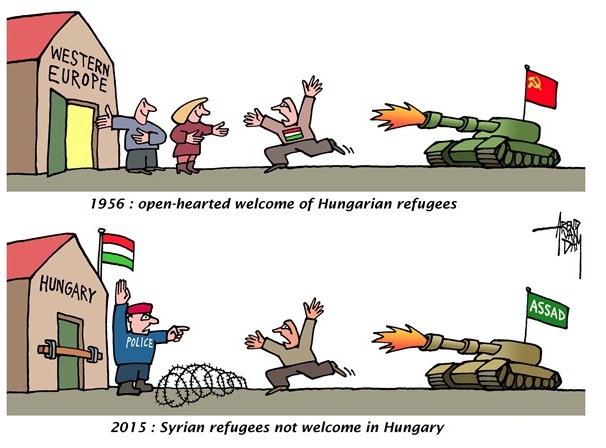Is China on the right path?
China is following the right path and is making progress in its bid to rebalance the nation’s economy, according to a World Bank economist.
Franziska Ohnsorge, a lead economist at the World Bank, said Chinese officials had outlined an economic plan at the Third Plenary Session of the 18th Communist Party of China Central Committee in 2013 and were implementing the reforms to enact that plan.
“They are steadily implementing these reforms and these are exactly the reforms that China needs, but they will yield benefits over the long term,” she said.
According to the economist, despite China’s growth will be slower over the long term, “it will be much more resilient, with fewer vulnerabilities, especially in the financial sector.”
The 2013 meeting set a very ambitious agenda and it looks like much of it was reinforced in the most recent Fifth Plenary Session of the 18th CPC Central Committee, according to Ohnsorge.
“These are difficult reforms, many of them are very difficult. They(Chinese policymakers) touch on more than economics, they touch on the social sphere as well,” she noted.
Ohnsorge was speaking at a press conference in London to mark the launch of the World Bank’s 2016 Global Economic Prospects report.
During the press conference, Ohnsorge also talked about the recent volatility in Chinese stock markets.
The year of 2015 was a difficult year for the world and 2016 appeared to be challenging again, she said, adding “financial markets are clearly very sensitive to news, including out of China.”
“The (Chinese) policymakers are obviously carefully monitoring and taking steps as needed. ”
“We expect that the Chinese authorities will step in as needed, as they seem to have done so far, and the impact on the real economy seems to be limited.” said Ohnsorge.
A wider effect of stock market volatility on the Chinese economy would be less pronounced, because the links from the equity market to the real economy in China are not that strong yet, according to Ohnsorge.
The economist also commented on the structural rebalancing of the Chinese economy, away from industry-led growth towards services-led growth.
“It is clear that the rebalancing in China is clearly underway. You can really see the industrial sector is declining, industrial employment is declining, industrial share of GDP is declining and services is increasing. In that sense there is a lot of rebalancing,” she said.
She forecasted a decline in the rate of growth of the Chinese economy, but characterized it as a minor downward revision.
“As expected there is a slowdown in growth and we have revised our forecast downward for China for 2015 to 6.9 percent and 6.7 percent for 2016. Really, these are minor downward revisions; compared to the rest of the world, China is slowing and rebalancing as expected,” said Ohnsorge.








